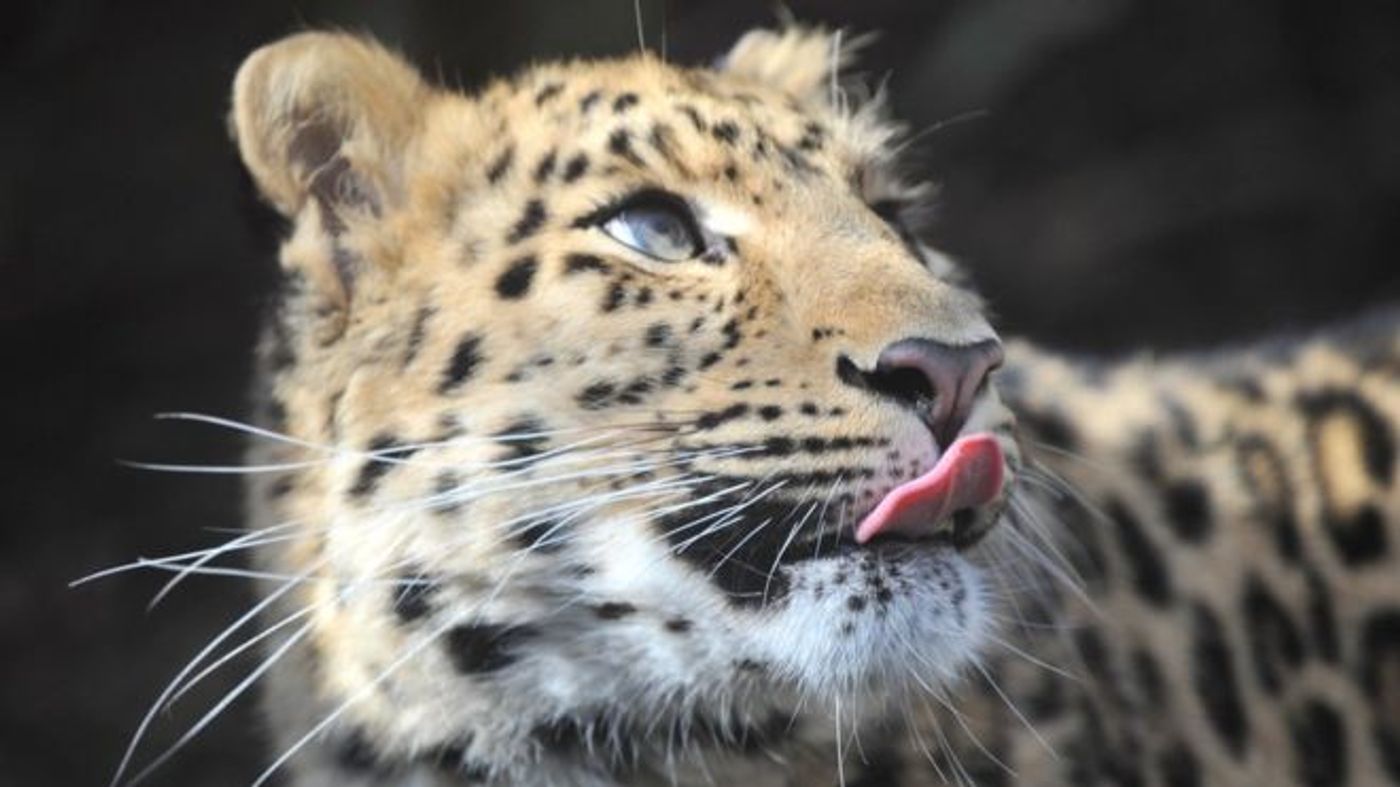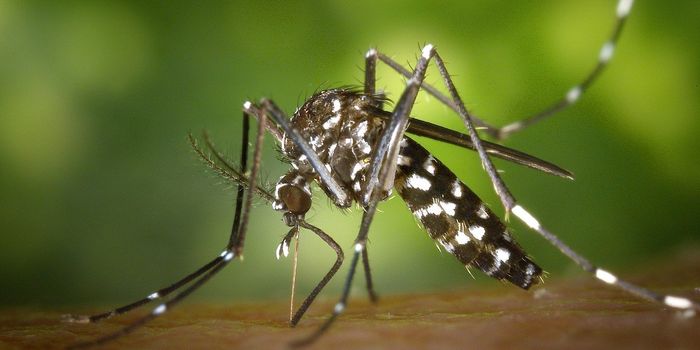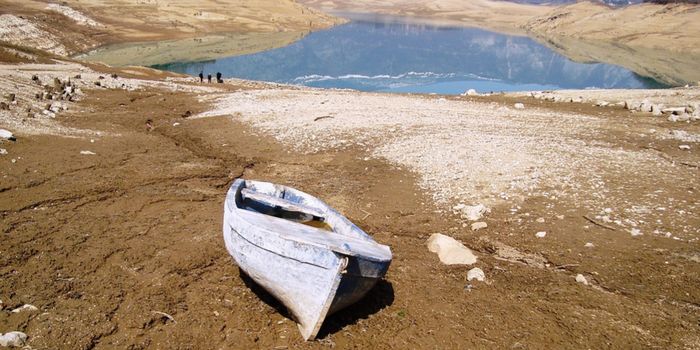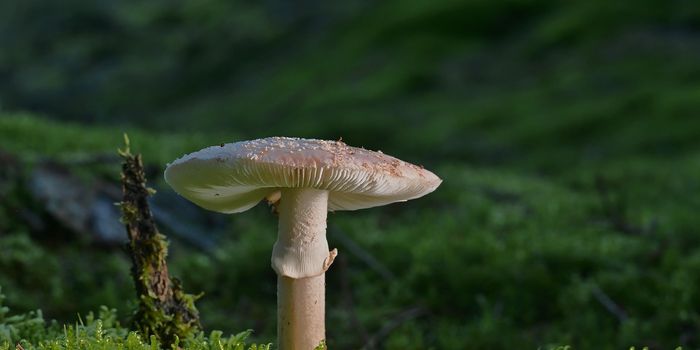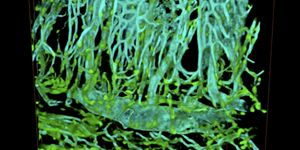Wildlife Park to Attempt Breeding 'Off-Show' Amur Leopards for Wild Release
In Scotland, the Highland Wildlife Park has built a new enclosure that will soon be home to a uniquely elusive animal species known as the Amur leopard.
While as many as 173 of these creatures can be found in public zoos around the world, only about 70 are believed to remain in the wild today. They’re recognized by the World Wildlife Fund as a critically endangered species, and unless we do something about that fast, they could one day be wiped out completey.
Image Credit: Jan Morse via BBC
The Highland Wildlife Park is working closely with the Royal Zoological Society in an addtempt to use the new enclosure, which is kept hidden away from park visitors, to breed the creatures and then slowly release them into the wild in Russia with the hopes of increasing their wild populations.
Related: Hundreds of snow leopard killings each year go undetected
Because the enclosure is large and secluded from human contact inside of a dedicated portion of the wildlife park, those involved hope the creatures that grow up inside will be less dependent on humans and will be prepared for their eventual wild release.
Two Amur leopards are already scheduled to meet one another inside the enclosure soon: a male named Freddo who hails from Tallinn Zoo in Estonia, and a female named Arina who hails from Twycross Zoo in the midlands. Each are reportedly the same age, having been born in 2014.
Assuming they find each other attractive enough to mate sometime this year, the park could be adding Amur leopards to the wild population as soon as next year. On the other hand, there’s no telling what kind of a waiting game park officials will have to play to pull this off successfully.
While it’s a good concept on paper, breeding animals isn’t always a simple task. In numerous cases around the world, breeding attempts can fail because the stamina of the animal simply isn’t there or they don’t find each other attractive as mates. This was an ongoing problem with the elusive Sumatran rhino species in particular.
Regardless, the park really has nothing to lose from trying, as the park wasn’t responsible for paying for the massive enclosure. An anonymous donation reportedly paid for it to be built.
Source: BBC
